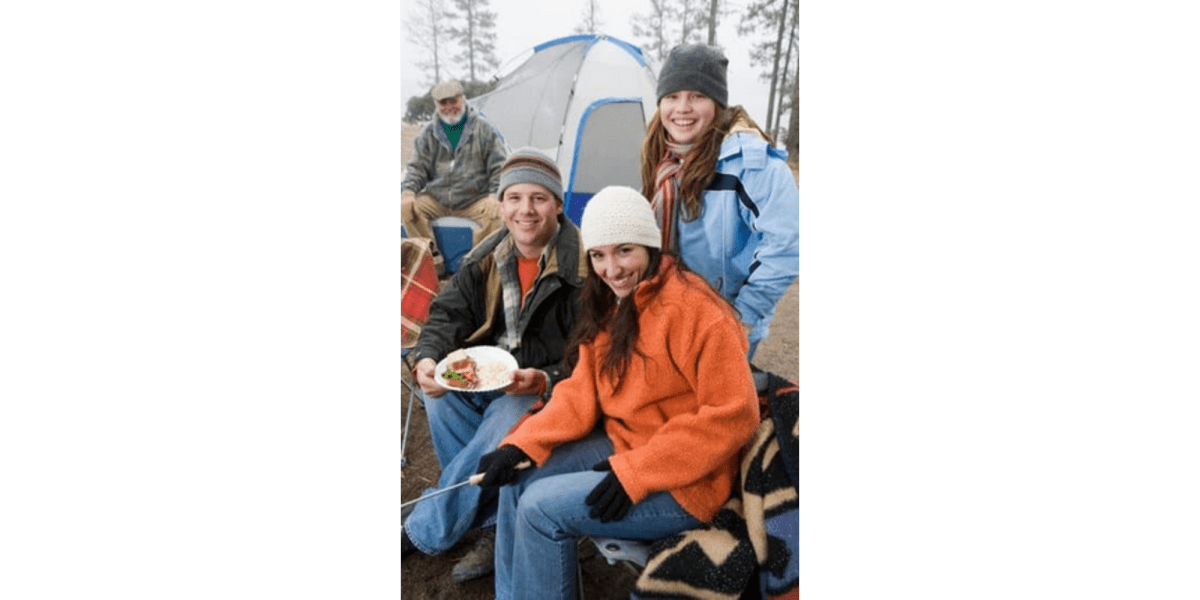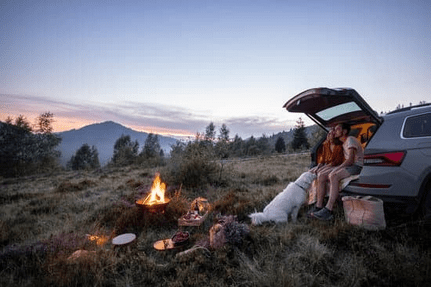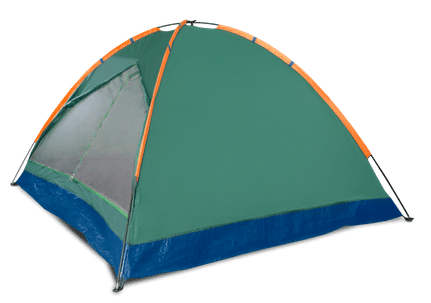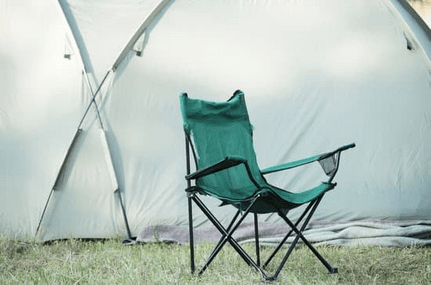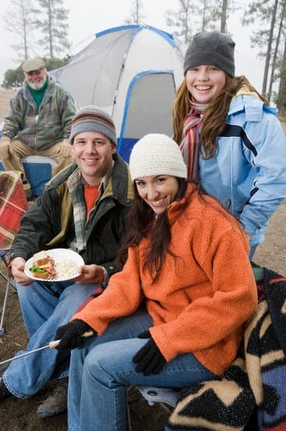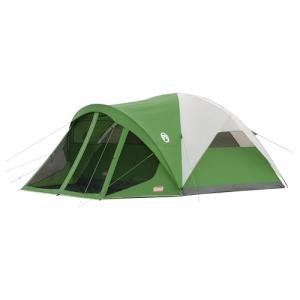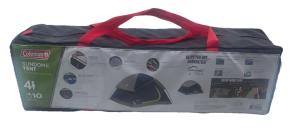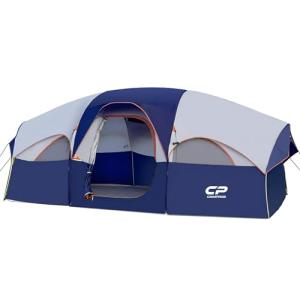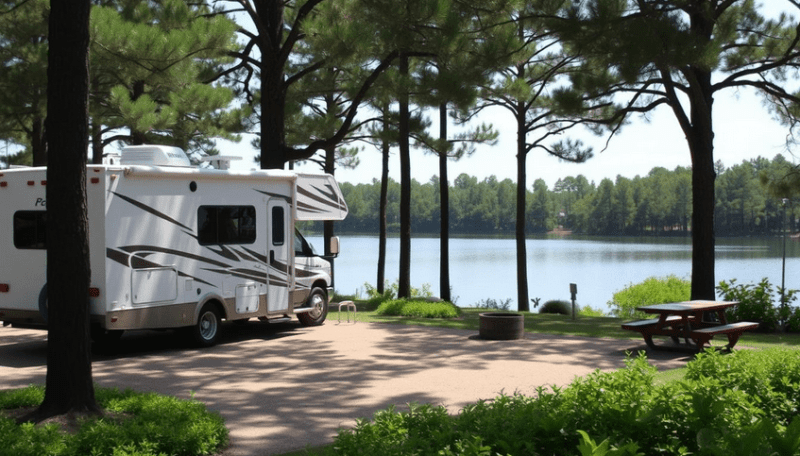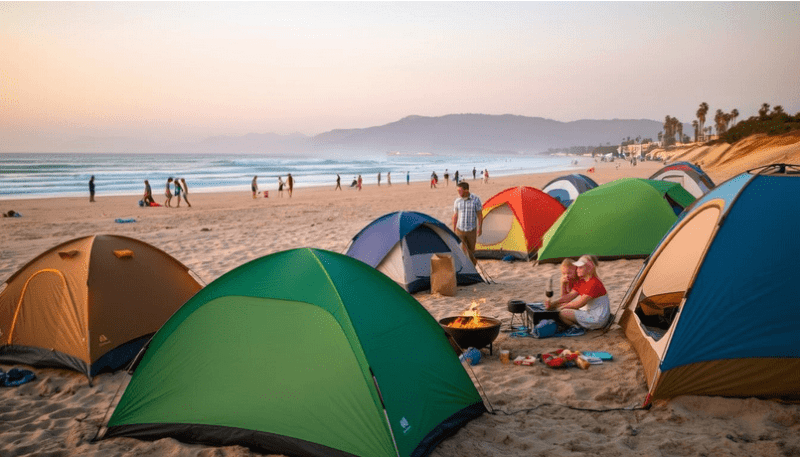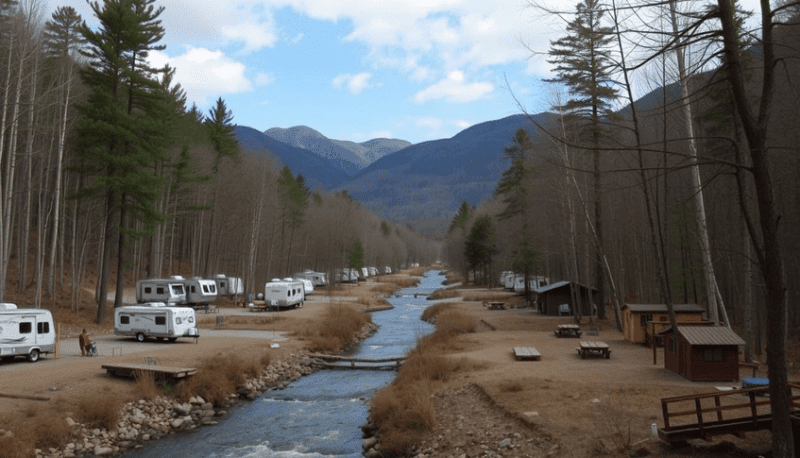Camping is a great way to enjoy nature and spend time outdoors, especially for beginners. This ultimate camping guide will help you create a memorable first camping trip by covering everything you need to know, from choosing the right camping style to gathering your essentials. Many newcomers may feel overwhelmed by the options and preparations, but with the right knowledge, you can turn your camping experience into a fun and relaxing adventure.
In this guide, I'll share tips on planning your trip, what gear to pack, and how to embrace the outdoors responsibly. Camping can be one of the most rewarding ways to connect with nature and learn new skills. I remember my first camping adventure and how exciting it was to explore unfamiliar areas and enjoy simple pleasures like cooking over a campfire.
By the end of this article, I hope you feel equipped to embark on your camping journey confidently. You'll be ready to set up camp, enjoy the beauty of your surroundings, and make lasting memories.
Key Takeaways
- Learn how to choose the best camping style and location for your needs.
- Find out what essentials you should pack for a successful trip.
- Discover tips for safely enjoying the great outdoors.
Choosing the Right Camping Style and Destination
The right camping style and destination is essential for a successful outdoor adventure.
Different camping experiences cater to various comfort levels and preferences. I’ll explore several popular camping options, helping you decide what best fits your needs.
Essentials of Tent and Car Camping
Tent camping is a classic choice for beginners. It involves pitching a tent in campgrounds, allowing you to enjoy nature while having basic amenities nearby.
I prefer campgrounds that offer facilities like restrooms and picnic tables. Some popular tent camping tips include:
- Pack Smart: Bring essentials like a sleeping bag, cooking gear, and food.
- Choose Your Spot: Look for level ground and avoid areas close to water.
Car camping offers similar benefits but lets you drive right to your campsite. This style is great for those who want to carry more gear.
I enjoy the convenience of loading my vehicle, which makes for easier setup and more comfort.
Venturing into Backcountry and Dispersed Camping
Backcountry camping takes me away from the crowds to more secluded spots. This means I often need to hike to my campsite, which can be rewarding but requires good planning.
I pay attention to:
- Route Familiarization: Ensure I know the trail and have a map.
- Safety Precautions: I carry a first aid kit and tell someone my plans.
Dispersed camping allows me to set up camp on public land outside designated campgrounds. It's usually more remote but may lack facilities.
Provisions are essential since I must pack in everything I need.
The Charm of Cabins and Glamping
Renting a cabin can be very appealing for those seeking comfort. Cabins often include amenities like running water, beds, and kitchens.
I appreciate staying in a cabin, especially in colder months when cozy indoor spaces are ideal.
Glamping, or glamorous camping, combines the outdoors with luxury.
I enjoy glamping setups that offer comfortable beds, private bathrooms, and gourmet meals. This option is perfect for beginners who want to enjoy nature without compromising comfort.
Choosing the right style ensures a camping experience tailored to my comfort and enjoyment.
Gathering Your Camping Essentials
Gathering the right gear is essential for a successful camping trip. From shelter to cooking supplies, I will cover the key items you need to consider for your outdoor adventure.
Selecting Your Shelter: Tents and Alternatives
My first priority is choosing the right tent. I recommend a lightweight tent that is easy to pack and set up.
There are various types, from pop-up tents to backpacking tents. Consider your group size and the season you'll be camping in.
Here are some features to look for:
- Waterproof material: Keeps you dry during rain.
- Ventilation: Reduces condensation inside.
- Weight: Lighter for hiking, heavier for car camping.
Consider alternatives like hammocks or ground tarps if a tent isn’t your style.
These options offer a unique way to experience the outdoors but may require more preparation for comfort.
Comfort in the Wild: Sleeping Gear
I won't compromise on my sleeping gear for a good night's sleep.
A quality sleeping bag is essential. Look for one suitable for the expected temperature range.
Choosing a sleeping pad for added comfort and insulation from the cold ground is also important.
Here are some types:
- Air pads: Lightweight and compact.
- Foam pads: Durable but bulkier.
I also bring a camp pillow to avoid cramping my neck. These items make my sleeping area cozy, allowing me to wake up refreshed for the next day’s adventures.
Cooking at Camp: Stoves and Utensils
Cooking while camping can be fun and simple.
A camp stove is a must-have.
I typically choose a portable one with at least two burners for versatility. When selecting my stove, I think about the following:
- Fuel type: Check if it suits my campsite rules.
- Size: Make sure it fits my cooking needs.
In addition to the stove, I bring:
- Pans and pots: For boiling and frying.
- Utensils: Don’t forget spatulas and can openers.
A cooler is helpful to keep my food fresh. Proper food containers also protect against animals and spoilage.
Camping Extras: Chairs, Lanterns, and Tech
To enhance my comfort and safety, I pack a few extras.
Camp chairs provide a comfortable place to relax around the fire.
Look for lightweight, foldable designs that are easy to carry.
For lighting, I always carry lanterns or flashlights.
Battery-powered options are practical, but I also consider solar or rechargeable ones.
Lastly, I bring a portable charger for my devices to ensure I can stay connected or call for help.
Having a first-aid kit is crucial as well. It’s my peace of mind while exploring the outdoors.
Planning Your Camping Adventure
Planning your camping trip is essential for a great experience.
It involves careful preparation, including what to pack, how to dress for the weather, and knowing camp etiquette. Below are key areas to focus on for a successful camping adventure.
Crafting Your Camping Checklist and Meal Plan
Creating a packing list is my first step in preparing for a camping trip. I include essentials like:
- Tent and stakes
- Sleeping bag and pad
- Cooking gear (stove, pots, utensils)
- Food and snacks
- First aid kit
- Flashlight and batteries
Meal planning is equally important.
I keep meals simple and pack easy-to-cook options. Examples include:
- Breakfast: Oatmeal or mixed fruit
- Lunch: Sandwiches or wraps
- Dinner: Grilled vegetables and chicken
I always carry a cooler for perishables and plan easy campfire meals. This allows me to focus more on enjoying the outdoors.
Clothing and Weather Considerations
Preparing for weather changes is crucial.
I check the forecast before I go, as the weather can change quickly.
I pack layers of clothing so that I can adjust to temperatures. I usually take:
- Base layer: Moisture-wicking shirts
- Insulation layer: Fleece jackets
- Outer layer: Waterproof and windproof jackets
It’s also essential to have appropriate shoes.
I bring sturdy hiking boots and sandals to relax at the campsite. Additionally, I pack a hat, sunscreen, and insect repellent.
Dressing in layers helps me adapt to various weather conditions, making my trip comfortable.
Camp Setup and Etiquette
Setting up camp correctly matters for safety and enjoyment.
I find a flat spot away from water sources to pitch my tent.
It’s vital to follow campground rules and set up my site respectfully.
I respect others by keeping noise down and not cutting trees for firewood. I also practice Leave No Trace principles.
This means I dispose of waste properly and leave nature as I found it. When making a campfire, I create it in designated areas and fully extinguish it before leaving.
Embracing the Outdoors Responsibly
When I enjoy nature, I realize it's important to protect it while having fun. Responsible outdoor practices help preserve the beauty of our environment for future adventures.
Understanding 'Leave No Trace'
The "Leave No Trace" principles guide us in minimizing our impact on nature. Here are the key points I follow:
- Plan and Prepare: Knowing the area and regulations helps me stay safe.
- Travel and Camp on Durable Surfaces: I use trails and camp on established sites to reduce soil erosion.
- Dispose of Waste Properly: I pack out all trash and leftover food. It’s crucial not to leave anything behind.
- Leave What You Find: I avoid taking rocks, plants, or natural objects. This helps preserve the ecosystem.
- Minimize Campfire Impact: I use a stove for cooking when possible and follow local fire regulations.
- Respect Wildlife: I observe animals from a distance and never feed them. This keeps both the animals and hikers safe.
Weather Challenges and Safety Measures
The weather can change quickly outdoors, so I always prepare for different conditions. Here are some important safety measures I take:
- Check the Forecast:
- Before I head out, I always check the weather forecast.
- Knowing the expected temperatures and precipitation helps me pack appropriately.
- Dress in Layers:
- I wear layers to adjust to changing temperatures.
- A basic setup includes a moisture-wicking base layer, an insulating mid-layer, and a waterproof outer layer.
- Stay Hydrated and Nourished:
- I bring enough water and food to keep my energy up.
- Proper nutrition helps me handle unexpected weather.
- Know When to Turn Back:
- If conditions worsen, I’m ready to change my plans.
- Safety always comes first during outdoor activities.
- Use Proper Gear:
- I pack essentials such as a headlamp, extra clothing, and a first-aid kit.
Frequently Asked Questions
I am often asked many questions about camping, especially by beginners. Let me provide clear answers to some common concerns that can help you prepare for your first adventure.
What are the essential items to pack for a beginner's camping trip?
For a beginner's camping trip, I recommend packing the following essentials:
- Tent: A reliable tent is crucial for shelter.
- Sleeping Bag: Choose one suitable for the climate you'll be in.
- Sleeping Pad: This keeps you warm and comfortable while sleeping.
- Cooking Gear: Bring a portable stove, pots, and utensils.
- Food and Water: Pack enough for the duration of your trip.
- First-Aid Kit: For any minor injuries.
How do I choose a suitable campsite as a first-time camper?
When selecting a campsite, I consider a few key factors:
- Proximity to Facilities: Look for sites near restrooms and water sources.
- Safety: Choose a flat area away from hazards like falling branches.
- Access: Ensure it’s easy to get to and from your campsite.
- Scenery: Pick a site that you find visually appealing.
What are the most important safety considerations while camping?
Safety is vital when camping. I focus on these important points:
- Wildlife Awareness: Store food securely to avoid attracting animals.
- Fire Safety: Use designated fire pits and keep water nearby.
- Stay On Trails: Avoid getting lost by sticking to marked paths.
- Weather Preparedness:
- Always check the forecast before heading out.
Can you provide tips for setting up a tent for those new to camping?
Setting up a tent can be simple if I follow these steps:
- Choose the Right Spot: Look for a level area free from rocks.
- Unpack and Lay the Tent: Spread it out and stake down the corners.
- Assemble Poles: Follow the instructions to connect the poles.
- Attach the Rainfly: This adds protection against rain.
What are the basic camping etiquette and regulations to follow in the wilderness?
I always follow these camping etiquette rules:
- Leave No Trace: Pack out all trash and leftover food.
- Quiet Hours: Keep noise to a minimum, especially at night.
- Respect Other Campers: Give space and be polite.
- Follow Fire Regulations: Ensure fires are allowed and follow local rules.
How should a beginner prepare for different weather conditions while camping?
To handle varying weather, I prepare by:
- Checking the Forecast: Stay updated on expected conditions.
- Layering Clothes: Dress in layers to adjust to changing temperatures.
- Packing Extra Gear: Bring rain gear, warm clothing, and sunscreen.
- Having a Backup Plan: Know where to seek shelter if the weather turns bad.
DISCLAIMER
This document is provided for general information purposes only and should not be relied upon as providing legal advice, technical, or specific operational guidance to the reader, whether as to the practices described in the document or the applicable legal requirements and regulations. bestcampingdeals.com expressly disclaims any responsibility for liability arising from or related to the use or misuse of any information in this document.
